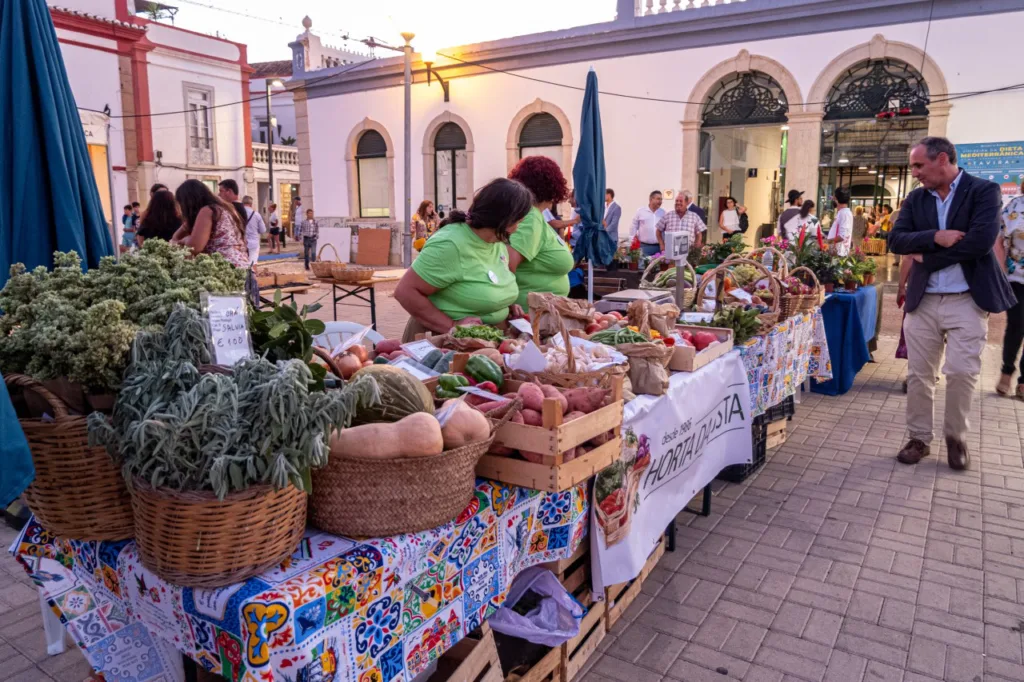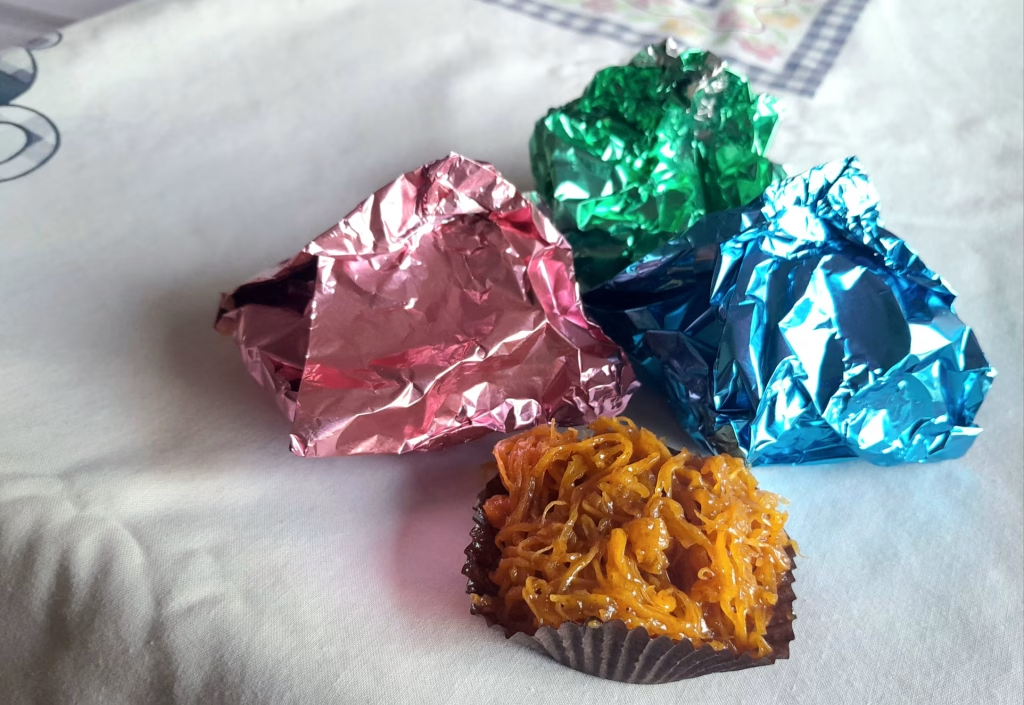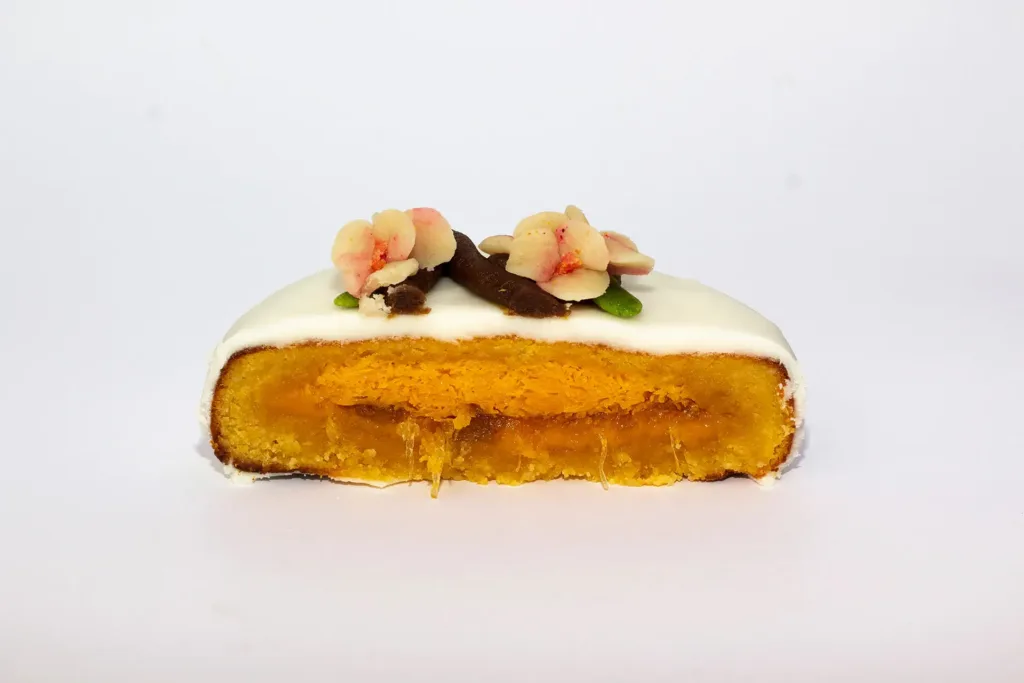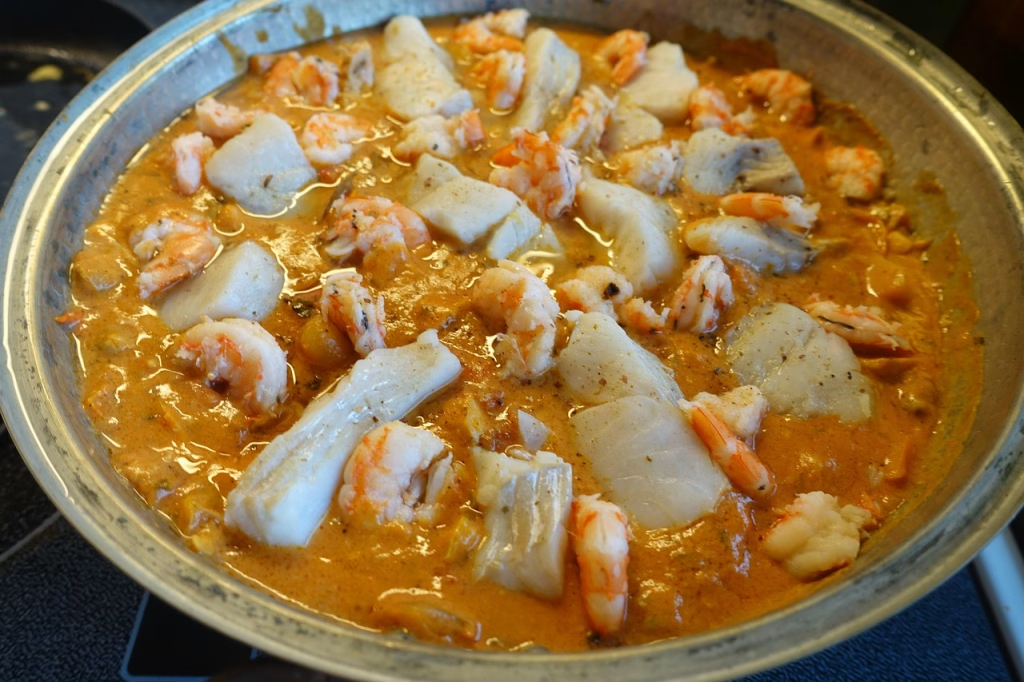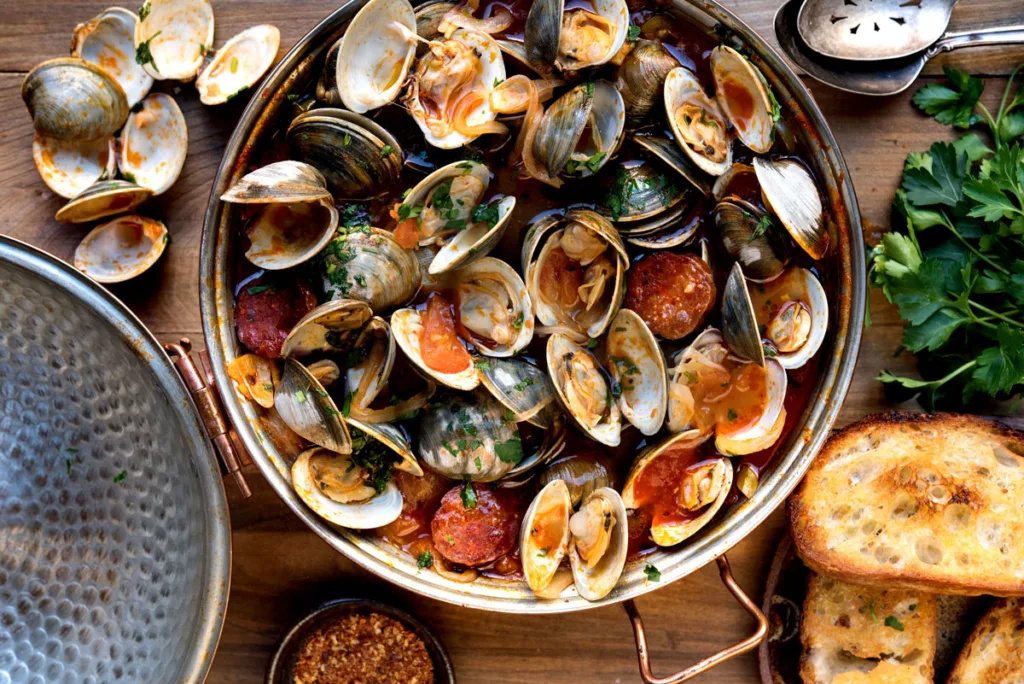At first glance, it might seem odd: Tavira , a charming town on Portugal’s Atlantic coast, is the country’s official representative for the Mediterranean Diet on UNESCO’s heritage list. Wait… not even on the Mediterranean? Correct. But don’t let the map fool you — the spirit of the Mediterranean is everywhere here.
The UNESCO recognition isn’t about being near a particular sea. It’s about how people live, eat, and connect with their land and each other. And Tavira nails that. Local food traditions here are deeply tied to nature, seasons, and community. From the way people shop at the market to the way meals are shared — slowly, socially, and often with multiple generations — Tavira keeps those Mediterranean rhythms alive.
One thing that makes this region special is its landscape . Tavira stretches from the salt marshes and fishing towns by the coast , through the fertile floodplains of the Gilão River , all the way into the hills of the barrocal and serra inland. Each zone has its own character — and its own use.
- The coastal zone is where you’ll find salt pans, shellfish farms, and small fishing boats.
- The barrocal (a transitional zone) has limestone-rich soils, great for olive trees, fig trees, almonds, citrus , and aromatic herbs .
- Further inland, the serra (with its schist and granite soils) is more rugged — ideal for goats, honey production , and wild herbs that pop up in local cooking.
What ties it all together is the short line from producer to plate . Small-scale farmers, beekeepers, fishermen, cheesemakers — many of whom work just a few kilometers from the town — contribute to everyday meals. Classic Algarvian dishes reflect that mix : think fish caught that morning, greens picked from the back garden, cheese from a cousin’s goats in the hills. It’s seasonal, fresh, and very personal.
If you want to dig a little deeper (pun intended), pop into the Museu Municipal de Tavira , where the exhibition on the Mediterranean Diet tells the story behind the food — from convent sweets to sacred herbs to family traditions. And if you’re around in September, don’t miss the Mediterranean Diet Fair . It’s food, music, workshops, and dancing in the street — basically, the whole lifestyle wrapped into one weekend.
So no, Tavira isn’t on the Mediterranean. But in terms of values, flavours, and traditions? It absolutely belongs at the table.
